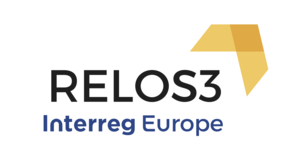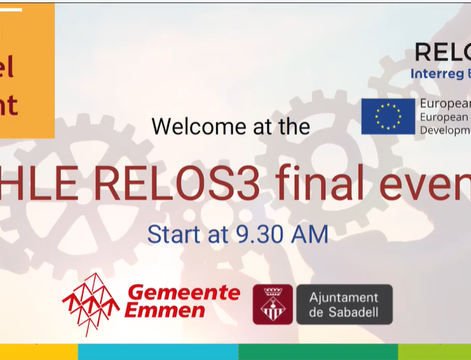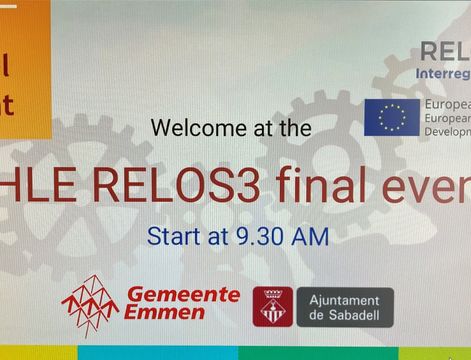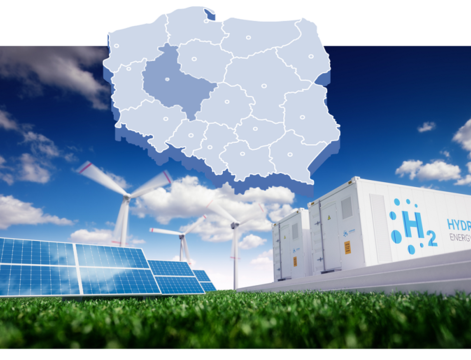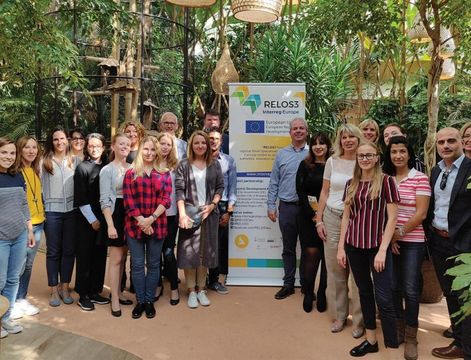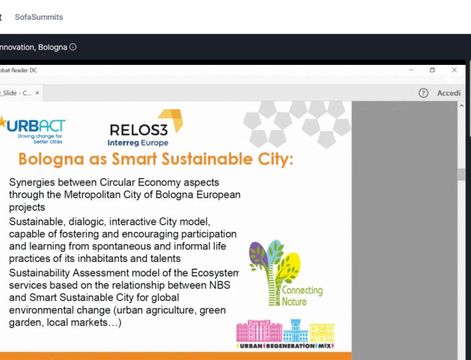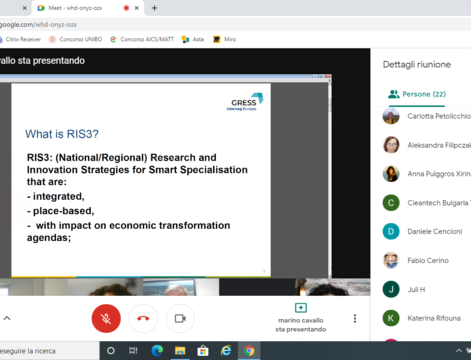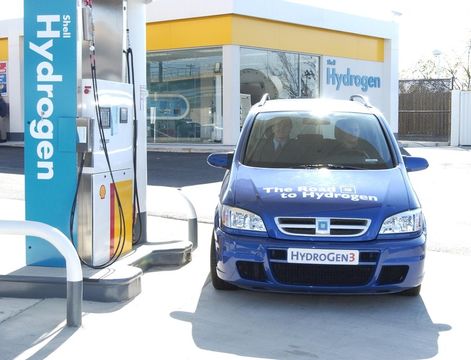Small and Medium Enterprises are the engine of the Polish economy. The report on the condition of the small and medium-sized enterprise sector in Poland , prepared by PARP, says that the Wielkopolska took first place among other voivodships in two categories: the number of active small enterprises per 1,000 inhabitants and the number of people working in small enterprises per 1,000 inhabitants. Wielkopolska took second place, among others in terms of the number of active (micro and medium) companies per 1,000 inhabitants, working (micro, medium) per 1,000 inhabitants, the amount of revenues per person working in a small company. This shows how great potential lies in enterprises in Wielkopolska operating in all fields of the economy, including those that may directly affect the environment.
Climate change and environmental degradation pose a threat to us and our children. To meet these challenges, Europe has taken up the challenge in its strategy to transform its economy by decoupling economic growth from the consumption of natural resources, respecting the balance of all countries and regions, so as to achieve net zero greenhouse gas emissions in 2050. Hydrogen technologies offer a chance to reduce by up to 45%. anthropogenic greenhouse gas emissions - estimates the investment bank Goldman Sachs . Today, three-quarters of the world's production of hydrogen is that produced from natural gas, which is associated with the emission of 9 kg CO2 per kilogram of hydrogen. The remainder of the production is mostly hydrogen, produced using coal, where 20 kg of CO2 are emitted per kilogram of hydrogen produced. The transition to "green" hydrogen is expected to eliminate this problem, which is a major challenge for EU countries as full decarbonisation with hydrogen in the EU requires an additional 416 TWh of electricity per year to produce 250TWh of hydrogen. Nevertheless, the European Union, by publishing its Hydrogen Strategy, shows that this is the desired direction of development, and the Member States, to a greater or lesser extent, fit into its concepts, developing their own hydrogen plans.
Poland is one of the largest producers of "gray" hydrogen in Europe. In the production process, Orlen produces nearly 45 tons of high-quality hydrogen per hour, Lotos - 13 tons, and Jastrzębska Spółka Węglowa plans to produce 8 thousand. tons of hydrogen . In Poland, about 87 tons of hydrogen are already consumed per hour (about 25 TWh per year). Refineries use about 29 tons of hydrogen per hour, and ammonia production consumes 51 tons per hour. However, in order to meet the requirements of the European Union, these large enterprises will have to undergo technological changes and focus on the production of "green" and, temporarily, "blue" hydrogen. This trend of greening production is supported by both the adopted plans of the European Commission and the target funds included in the new version of the EU budget (e.g. the New Green Deal plan). Such a plan is a huge driving force for the development of green technologies, including the production and further use of "green" hydrogen.
From the point of view of the Wielkopolska SME that wants to enter the Hydrogen Supply Chain, there are two ways to achieve business success:
- cooperation with large producers and customers,
- creating a local market (clusters, valleys).
Each of these paths has its advantages and disadvantages, each of them can be a success or a business failure. Regardless of the chosen path, the company should have at least a specific product or service concept. These must be measurable and real values and a short calendar of their implementation, because competition in Poland and abroad is growing rapidly. We can observe a very dynamic development of this sector of the economy.
Two products, Power-to-Gas and Gas-to-Power play a key role here: electrolysers and fuel cells. However, it should be remembered that these products consist of components, besides, there are other accompanying components and services, without which the two most often mentioned today could not exist. The key seems to be to use the niche and supplement it with your own products and services.
There are also two ways of working here:
- individual,
- team.
In the first case, a mature technology or service that is in demand is necessary. In the second - a few or a dozen companies can create a joint project managed by a strong leader representing the group outside. Then there is also a chance for the development of an internal market with a demand for own products.
There are certain factors that determine the company's competitiveness that should be analyzed individually for each company:
- recognizability,
- project references,
- price competitiveness
Due to the still immature nature of the green hydrogen market, the business diversification strategy seems to be the safest for enterprises in Wielkopolska.
For more information go to: www.h2wielkopolska.pl
